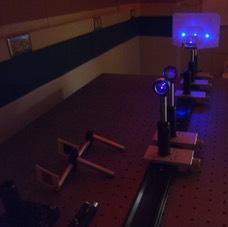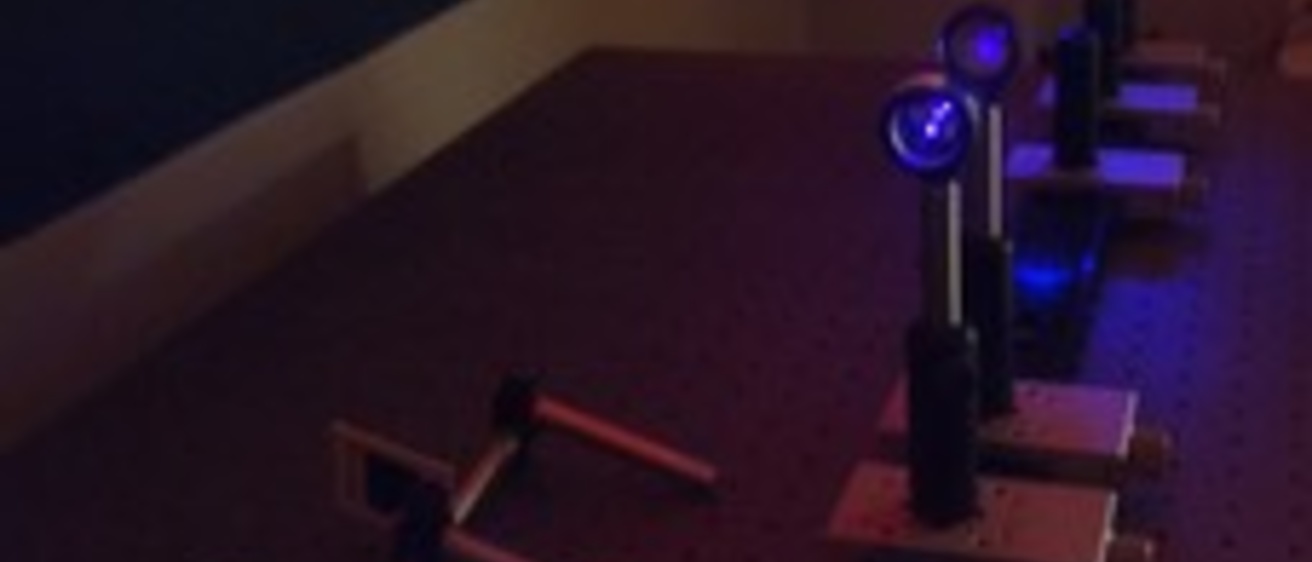
Your instructor will take you into the optics lab when it is your group's turn. You will see a bench in the optics room with various lenses and other hardware in sliding mounts. You should not need to move any of the sliding mounts in this portion of the lab - your instructor has set them in the proper positions ahead of time.
